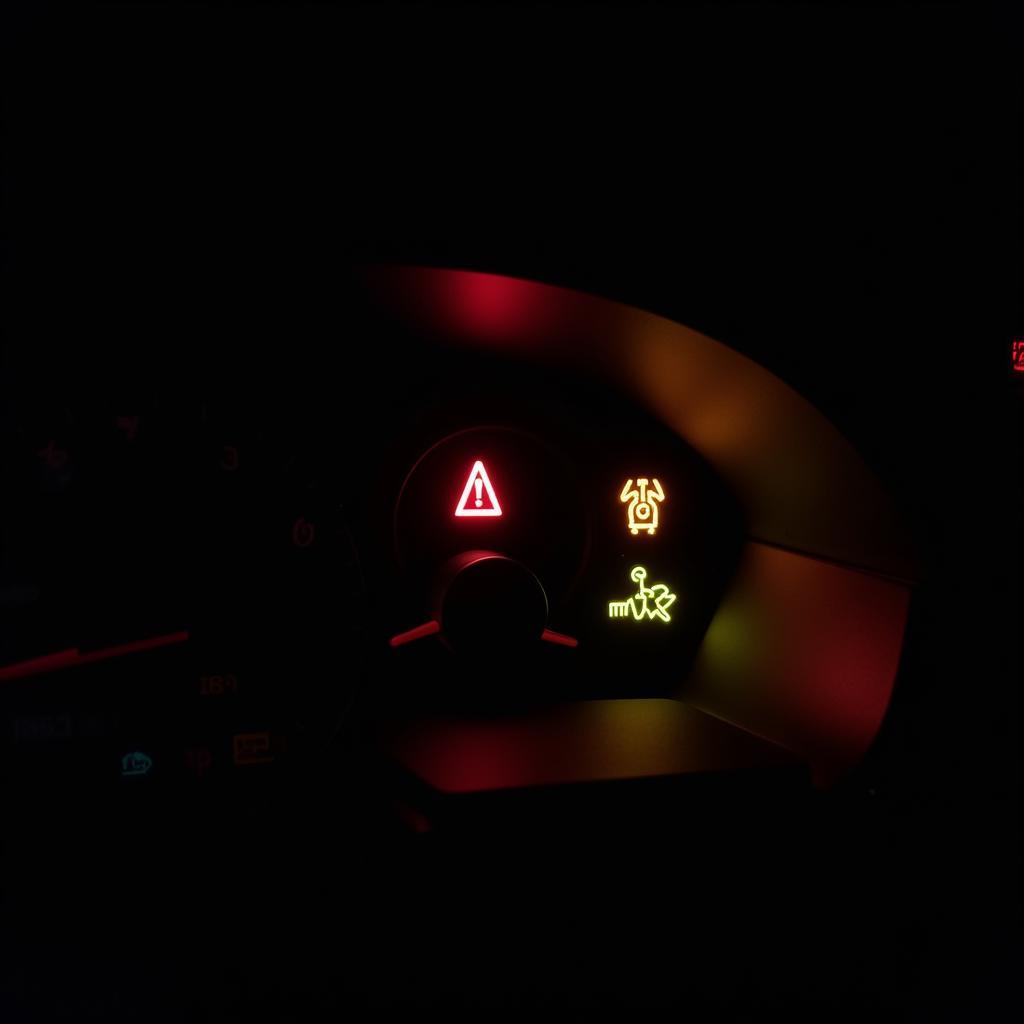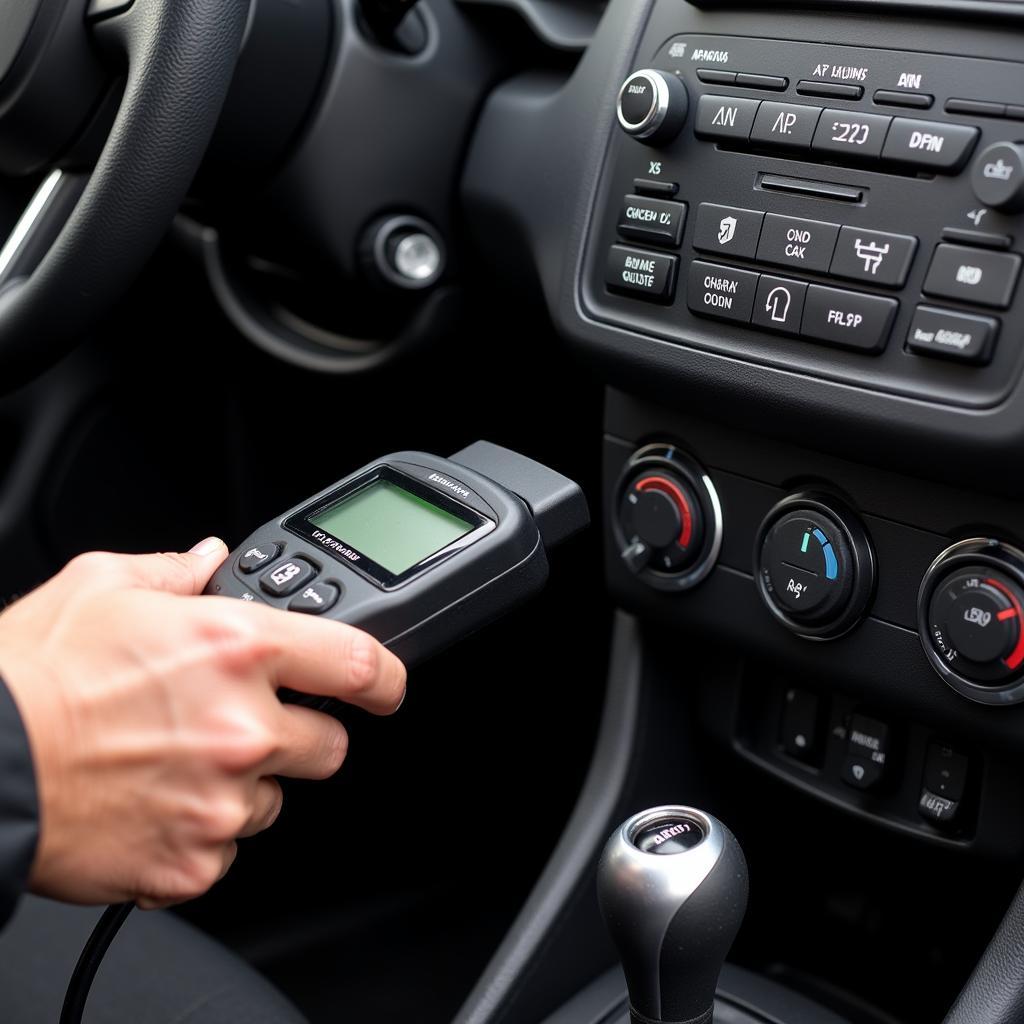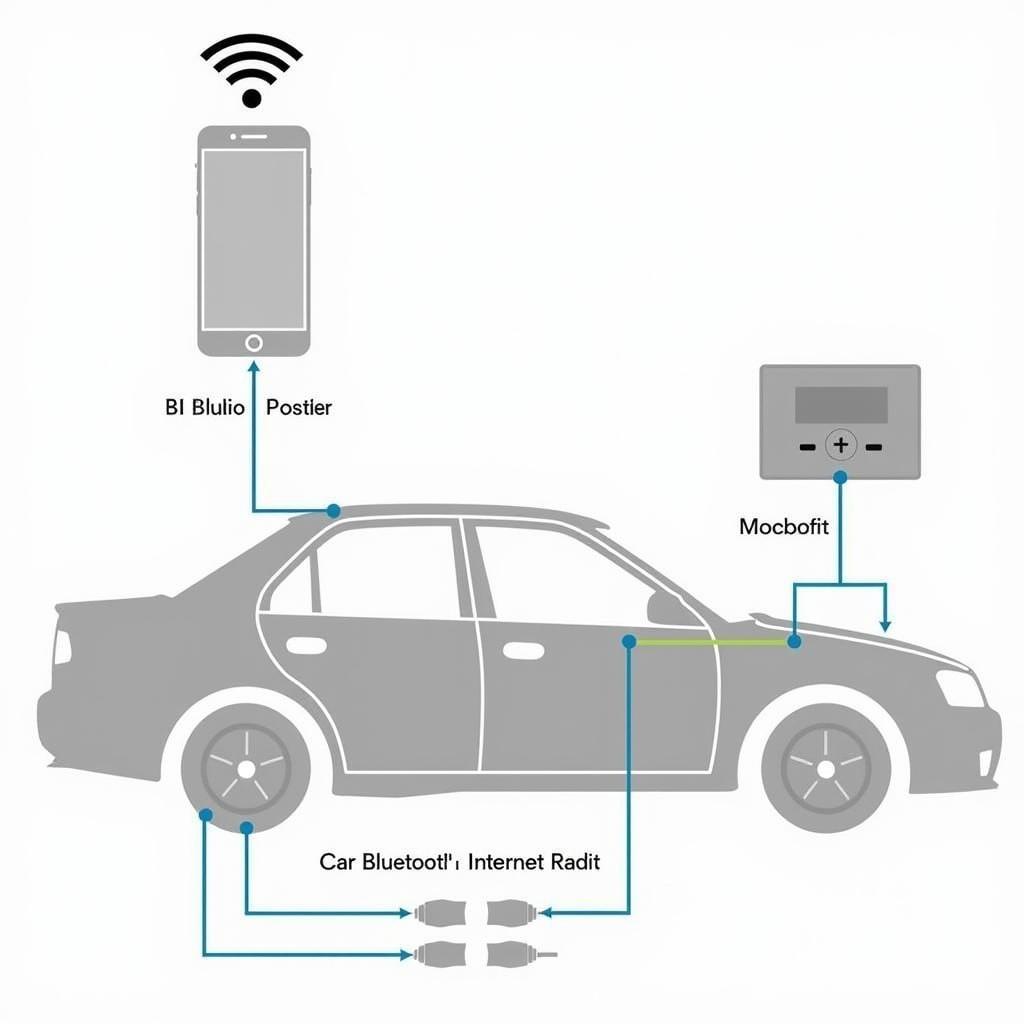Driving a Seat Ibiza can be a joy, but encountering a dashboard warning light can quickly turn that joy into concern. These lights are your car’s way of communicating potential issues that require your attention. Understanding what these lights mean and how to address them can save you time, money, and potential headaches down the road.
This comprehensive guide delves into the common dashboard warning lights you might encounter in your Seat Ibiza, providing insights into their meaning and the appropriate actions to take.
Decoding the Dashboard Symphony: Understanding Different Warning Light Colors
Before we delve into specific warning lights, it’s crucial to understand the color-coded system used by Seat and what each color generally represents:
- Red: Indicates a serious issue that requires immediate attention. Continuing to drive could potentially damage your vehicle or pose a safety risk.
- Yellow/Amber: Signals a potential problem or the need for maintenance. While you might not need to pull over immediately, it’s essential to address the issue promptly.
- Green/Blue: These lights generally indicate that a system is active and functioning correctly, such as your headlights or turn signals.
 Seat Ibiza Dashboard Warning Lights
Seat Ibiza Dashboard Warning Lights
Common Seat Ibiza Warning Lights and Their Meanings
Let’s decode some of the frequently encountered warning lights in a Seat Ibiza:
Engine Management Light (Yellow/Amber)
This light, often resembling an engine outline, can illuminate for various reasons, ranging from minor issues like a loose gas cap to more complex problems with the emissions system or sensors.
What to do:
- Check your gas cap: Ensure it’s securely tightened.
- Monitor for other symptoms: If the light is flashing, it indicates a more serious issue, and driving should be minimized.
- Use an OBD-II scanner: This handy device can read the engine’s fault codes, providing more specific information about the problem.
- Consult a mechanic: If the light persists or you notice performance issues, it’s best to seek professional diagnosis and repair.
Electronic Stability Control (ESC) Light (Yellow/Amber)
The ESC light, often depicted as a car with skid marks, indicates a potential issue with your car’s stability control system, which helps maintain traction and control during slippery conditions.
What to do:
- Check for temporary deactivation: The ESC might be temporarily off due to a button press. Ensure it’s switched back on.
- Monitor the road surface: The light might illuminate momentarily on slick surfaces as the system engages.
- Have the system checked: If the light stays on, it could indicate a fault with the ESC system, requiring professional attention.
Tire Pressure Monitoring System (TPMS) Light (Yellow/Amber)
Resembling an exclamation mark within a horseshoe-shaped tire outline, this light warns of low tire pressure in one or more tires.
What to do:
- Check your tire pressure: Use a reliable tire pressure gauge to check all tires and inflate them to the recommended pressure found in your car’s manual or on the driver’s side doorjamb.
- Inspect for punctures: Look for nails or other foreign objects embedded in the tire tread.
- Reset the TPMS: After inflating your tires, consult your car’s manual to reset the TPMS system.
 Using an OBD-II Scanner on a Seat Ibiza
Using an OBD-II Scanner on a Seat Ibiza
Anti-lock Brake System (ABS) Light (Yellow/Amber)
The ABS light, typically displayed as the letters “ABS” within a circle, suggests an issue with your anti-lock braking system, which prevents wheels from locking up during hard braking.
What to do:
- Avoid hard braking: While the ABS light is on, your regular brakes should still function, but avoid hard braking if possible.
- Seek professional inspection: Driving with a faulty ABS system can be dangerous, especially in emergency situations. Consult a mechanic promptly.
Airbag Warning Light (Red)
Often depicting a figure seated with an airbag deployed in front of them, this light indicates a potential problem with the airbag system.
What to do:
- Do not ignore this warning: A faulty airbag system poses a serious safety risk.
- Seek immediate attention: Have the system inspected and repaired by a qualified mechanic as soon as possible.
EPC Warning Light (Yellow/Amber)
The EPC (Electronic Power Control) light, often resembling an engine with a lightning bolt, signifies a problem with the electronic throttle control system.
What to do:
- Monitor for performance issues: You might experience reduced engine power, a change in throttle response, or the car going into “limp mode.”
- Seek professional diagnosis: The EPC light can have various underlying causes, requiring specialized equipment for diagnosis and repair.
 Inspecting the Engine Compartment of a Seat Ibiza
Inspecting the Engine Compartment of a Seat Ibiza
Remote Diagnostics and Software Solutions: The Future of Car Repair
In today’s tech-driven world, advancements in automotive technology have paved the way for remote diagnostics and software solutions to address certain car problems. At Car Diag Tech, we specialize in providing these cutting-edge services to Seat Ibiza owners.
How it works:
- Contact us: Reach out to our team, describing the warning lights you’re experiencing and any accompanying symptoms.
- Remote diagnostics: We utilize specialized software to remotely connect to your Seat Ibiza’s onboard computer system, retrieving diagnostic trouble codes and analyzing data to pinpoint the root cause of the issue.
- Software solutions: In many cases, software updates or recalibrations can resolve the problem. Our expert technicians can remotely install the necessary software patches or adjustments, potentially saving you a trip to the mechanic.
Benefits of remote diagnostics and software solutions:
- Convenience: Get your Seat Ibiza diagnosed and repaired from the comfort of your home or office.
- Speed: Remote diagnostics eliminate the need for physical appointments, often providing quicker solutions.
- Cost-effectiveness: Software-based solutions can sometimes be more affordable than traditional repairs.
FAQs: Addressing Common Queries about Seat Ibiza Warning Lights
Q1: Can I continue driving with a yellow warning light on?
While a yellow warning light might not warrant immediate action like a red light, it’s crucial to address the issue promptly. Ignoring it could lead to more severe problems down the line.
Q2: Is it safe to reset the warning lights myself?
Resetting warning lights without addressing the underlying issue is not recommended. It’s essential to diagnose and resolve the problem, ensuring your Seat Ibiza operates safely and reliably.
Q3: How often should I have my Seat Ibiza serviced?
Adhering to the manufacturer’s recommended service intervals, outlined in your owner’s manual, is essential for preventative maintenance and can help catch potential issues before they escalate.
Q4: Can a dead car battery cause dashboard warning lights to come on?
Yes, a weak or dead battery can disrupt the electrical system, potentially triggering various warning lights. If you suspect a battery issue, have it tested and replaced if necessary.
Q5: What should I do if the engine warning light is flashing?
A flashing engine warning light indicates a severe problem, often related to engine misfires. It’s crucial to minimize driving and seek immediate mechanical attention.
Take Control of Your Seat Ibiza’s Health
Dashboard warning lights in your Seat Ibiza serve as crucial communication channels, alerting you to potential issues before they escalate. By understanding their meanings and taking appropriate action, you can ensure a safe and enjoyable driving experience.
If you encounter any warning lights that leave you puzzled, don’t hesitate to contact us at Car Diag Tech. Our team of expert technicians is here to provide you with reliable remote diagnostics, software solutions, and expert advice to keep your Seat Ibiza running smoothly for miles to come.


